Polar bear hair research could lead to ski and snowboard technology advancements
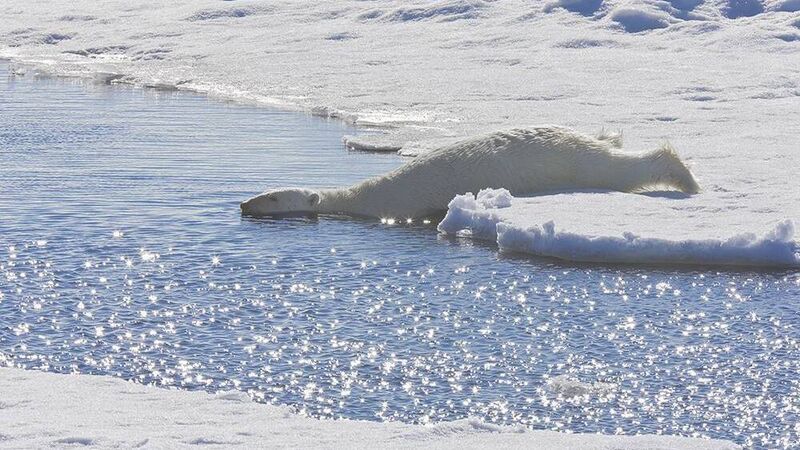
After collecting hair from six polar bears in the wild, scientists homed in on the hair 'sebum' (or grease) as the all-important protectant. Picture: Jenny E Ross.
An international team of scientists has discovered the anti-icing secret of polar bear fur — something that allows one of the planet’s most iconic animals to survive and thrive in one of its most punishing climates.
That secret?
Greasy hair.
After collecting hair from six polar bears in the wild, the scientists homed in on the hair 'sebum' (or grease) as the all-important protectant. This sebum, which is made up of cholesterol, diacylglycerols, and fatty acids, makes it very hard for ice to attach to their fur.
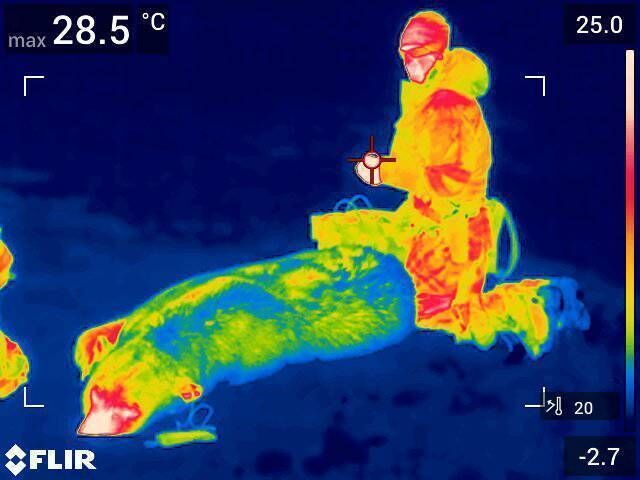
While this finding sheds fascinating new light on our understanding of polar bear — and even Inuit — ecology, it may also have a suite of unrelated applications, with a similar concoction of artificially made sebum promising to be useful as an anti-ice surface coating, or in next-gen ski skins used by skiers and snowboarders.
Julian Carolan from Meath, a PhD student from Trinity College Dublin’s School of Chemistry and the AMBER Research Ireland Centre, is the first author of the journal article, which has been published today (weds, Jan 29) as the cover story in leading international journal Science Advances.

He explained that the hair samples were clipped from the polar bears when scientist are completing an annual welfare and research check.
He said: “We measured ice adhesion strength, which is a useful measure of how well ice sticks to fur; hydrophobicity, which dictates whether water can be shed before it freezes; and freezing delay time, which simply shows how long it takes for a drop of water to freeze at certain temperatures on a given surface. We then compared the performance of the polar bear hair with that of human hair and two types of specialist human-made ‘ski skins’."
“The sebum quickly jumped out as being the key component giving this anti-icing effect as we discovered the adhesion strength was greatly impacted when the hair was washed.
"Unwashed, greasy hair made it much harder for ice to stick. In contrast when the polar bear hair was washed and the grease largely removed it performed similarly to human hair, to which ice sticks easily whether it is washed or greasy.”
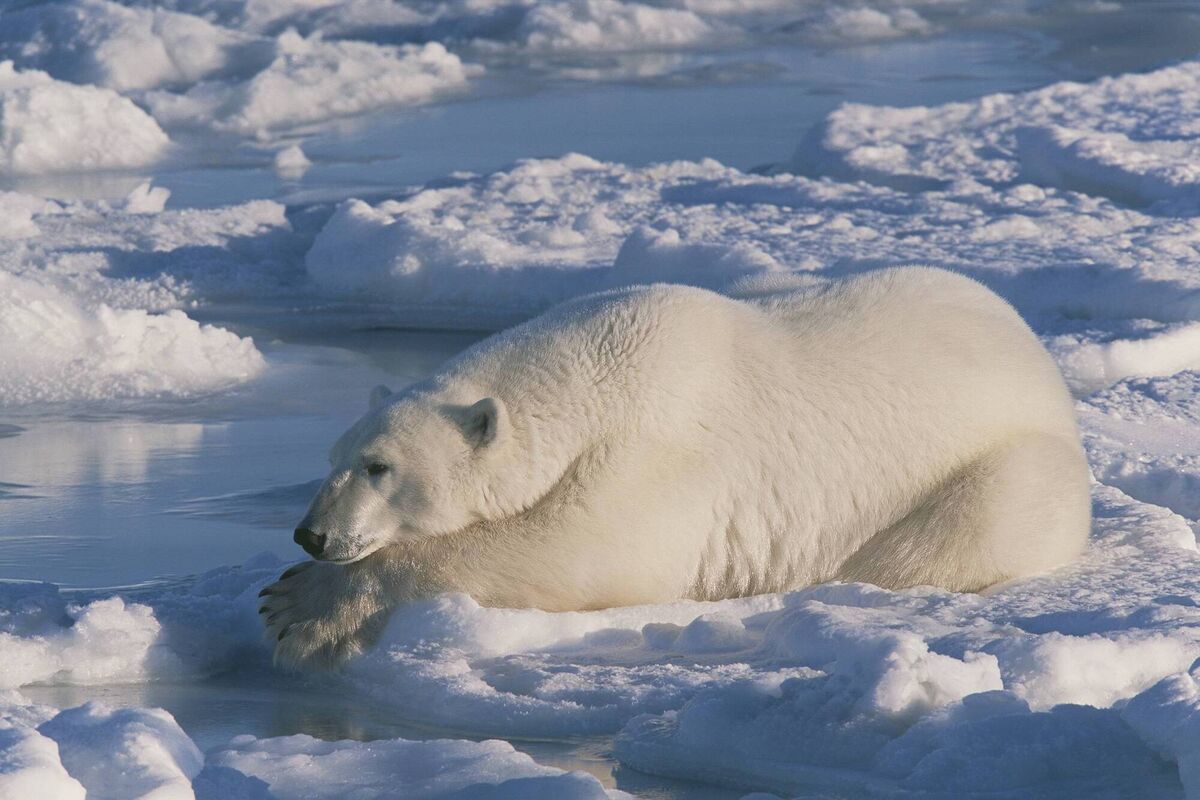
That finding led the team to perform a detailed chemical analysis of polar bear sebum. As well as identifying the key components (cholesterol, diacylglycerols, and fatty acids), they were surprised to find 'squalene' was absent.
This fatty metabolite is present in human hair, and in the hair of other aquatic animals, like sea otters, which suggests its absence in polar bear hair is very important from an anti-icing perspective.
Dr Richard Hobbs from Ballincollig, Cork, is Assistant Professor and Royal Society-Science Foundation Ireland University Research Fellow in Trinity’s School of Chemistry and the AMBER Research Ireland Centre, and is a senior author of the journal article. He added: “Animals living in polar habitats have emerged as a source of inspiration for the development of new anti-icing materials.
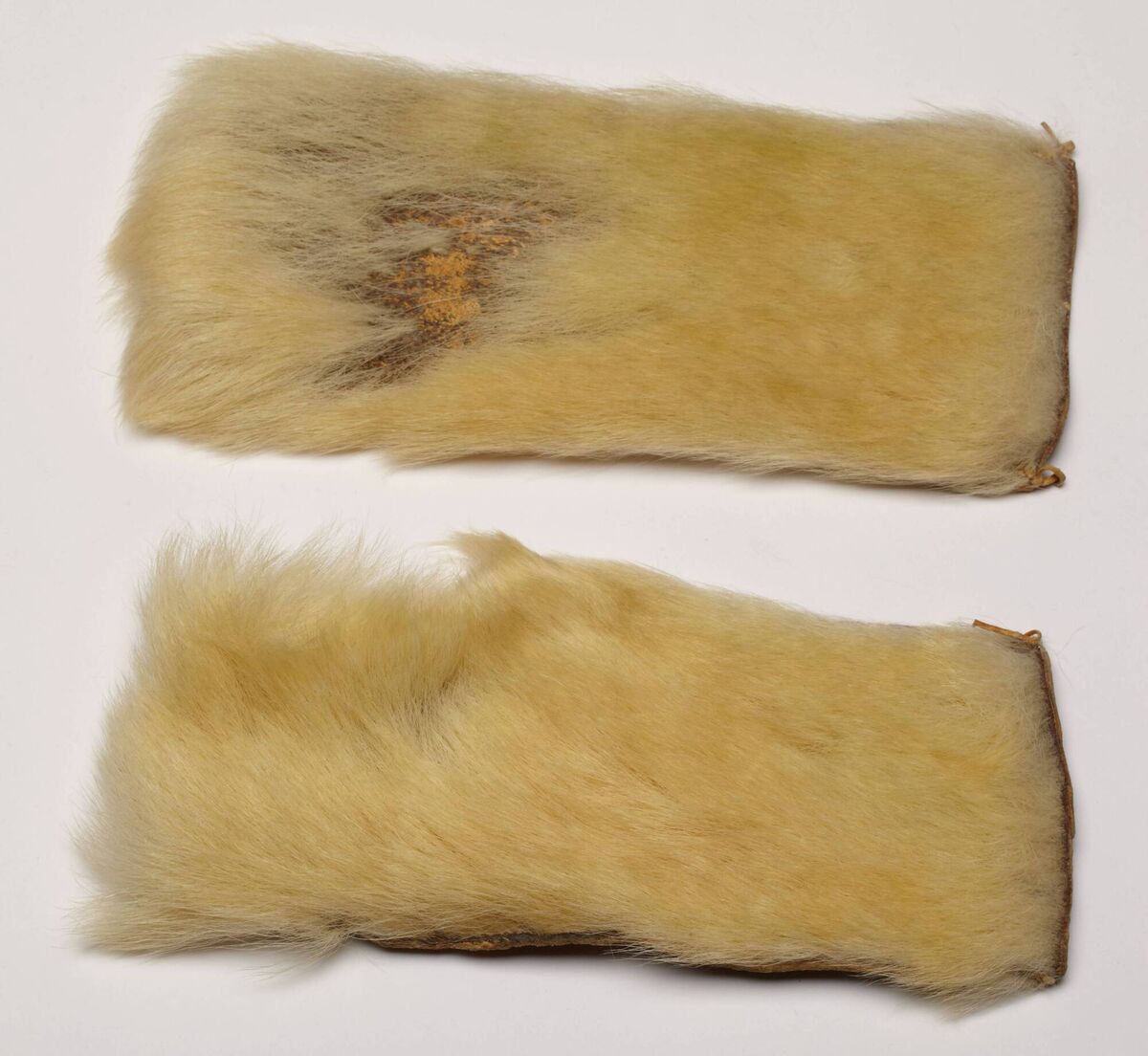
“For example, Anne Kietzig’s group at McGill recently found that the hierarchical structure of Gentoo penguin feathers afforded them anti-icing properties that relied on the feather structure rather than the preen oil coating. Our work shows that polar bear fur provides an alternative strategy to produce an anti-icing surface based on the characteristic blend of lipids present in their fur sebum or hair grease."
“This work not only represents the first study of the composition of polar bear fur sebum, but it also resolves the question of why polar bears don’t suffer from ice accumulation.
"Despite having thick layers of insulating blubber and fur, and spending extensive periods in water at sub-zero temperatures, it seems that the fur grease provides a natural route for polar bears to easily shed ice when it forms due to the low ice adhesion on their fur.
"We expect that these natural lipid coatings produced by the bear will help us to develop new more sustainable anti-icing coatings that may replace problematic ‘forever chemicals’ like PFAS that have been used as anti-icing coatings.”
In addition to the structural explanations, these interesting discoveries also help us better understand hunting behaviours — both of polar bears and of native Inuit populations.

Prof. Bodil Holst, University of Bergen, is a senior author of the journal article. She added: “One of the polar bears’ main hunting strategies is ‘still hunting’, where they lay motionless beside a breathing hole on sea ice waiting for seals to surface.
Still hunting frequently develops into an ‘aquatic stalk’ with the polar bear using its hind paws to slide into the water to pursue its prey, and the lower the ice adhesion, the less noise generated and the faster and quieter the slide.
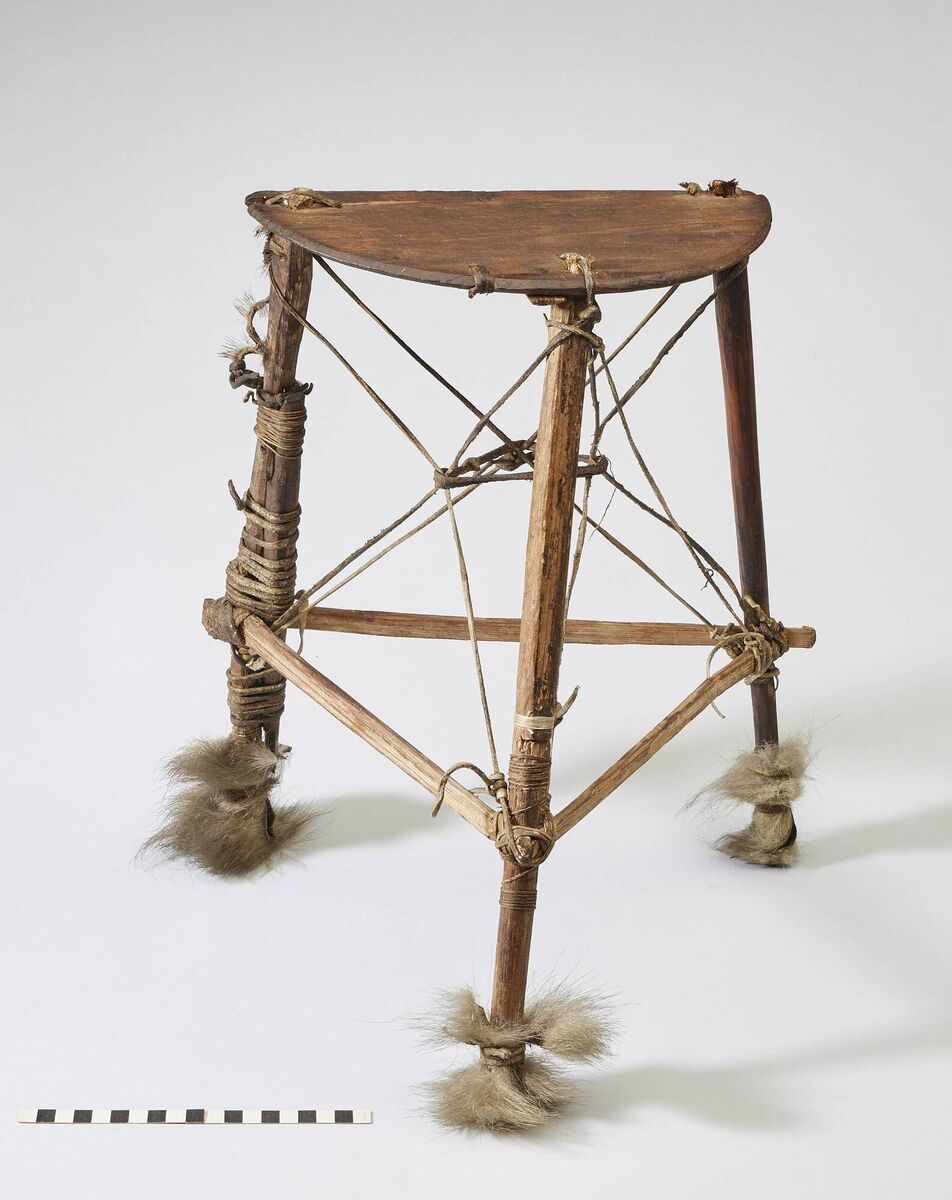
“Our findings also help us understand the subtlety of the steps taken by Inuit people to optimise hunting strategies to mimic the polar bear method of still hunting. Inuit hunting stools are sometimes shod with polar bear fur on the feet to avoid noise when moving on the ice, while people also sometimes wear ‘polar bear trousers’, ensuring the entire contact area with the ice is covered in low ice-adhesion polar bear fur for optimal noise reduction.”
Notably, the traditional Inuit preparation method protects the sebum on the fur by ensuring the hair-covered side of the skin is not washed. This is unlike, for example, a fox skin, which would traditionally be cleaned by rubbing the hair side with soapstone or dry clay.








